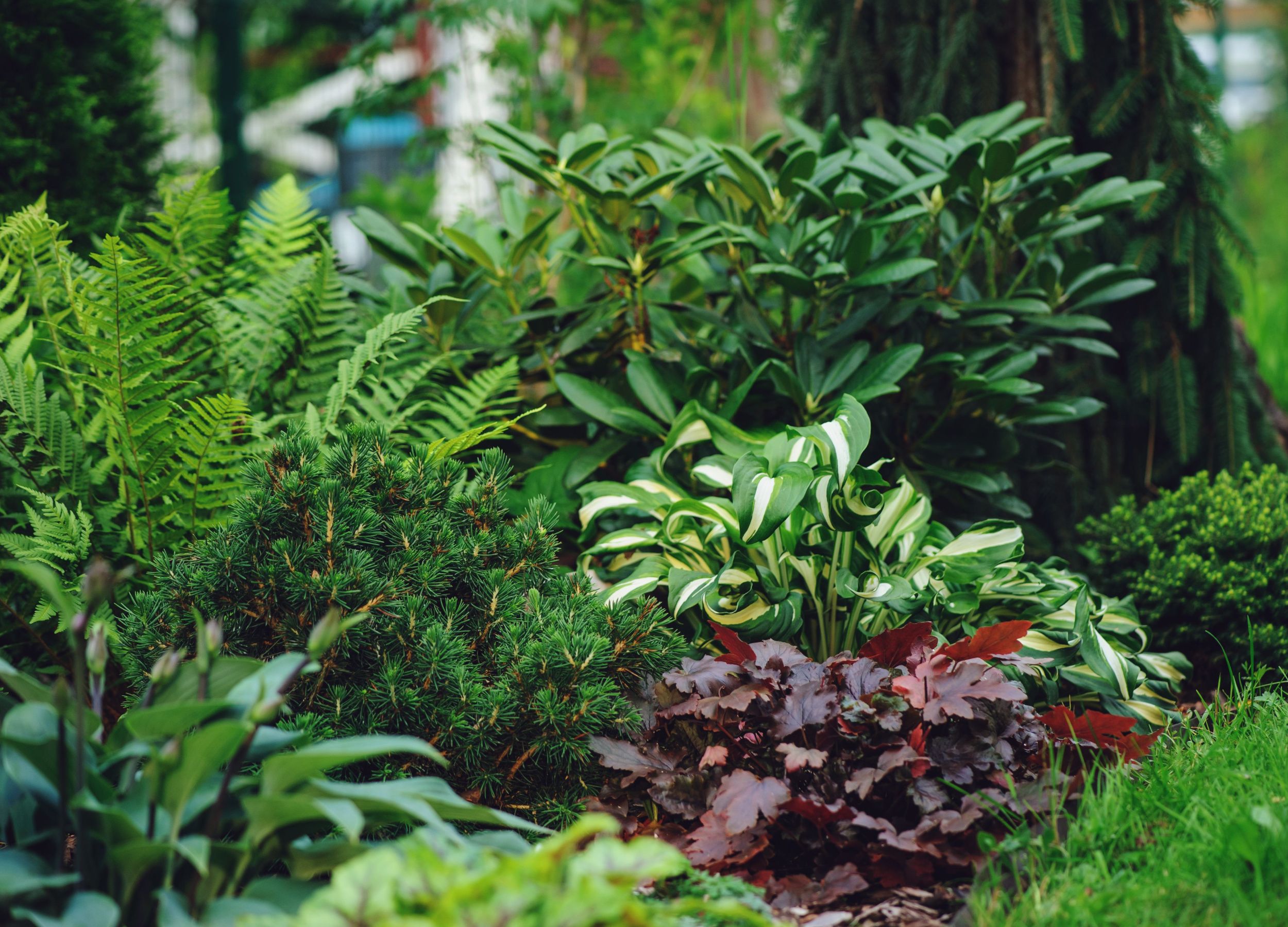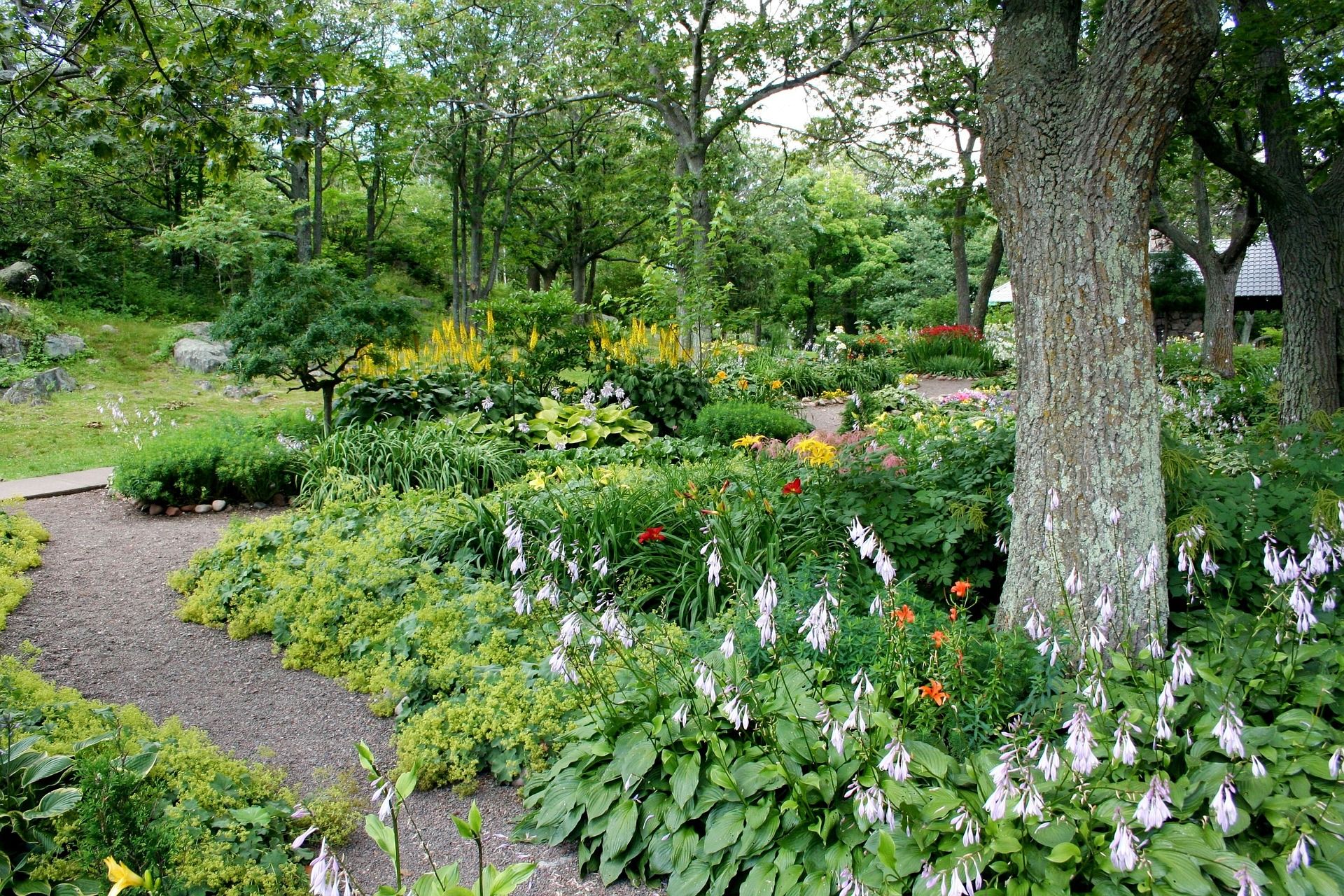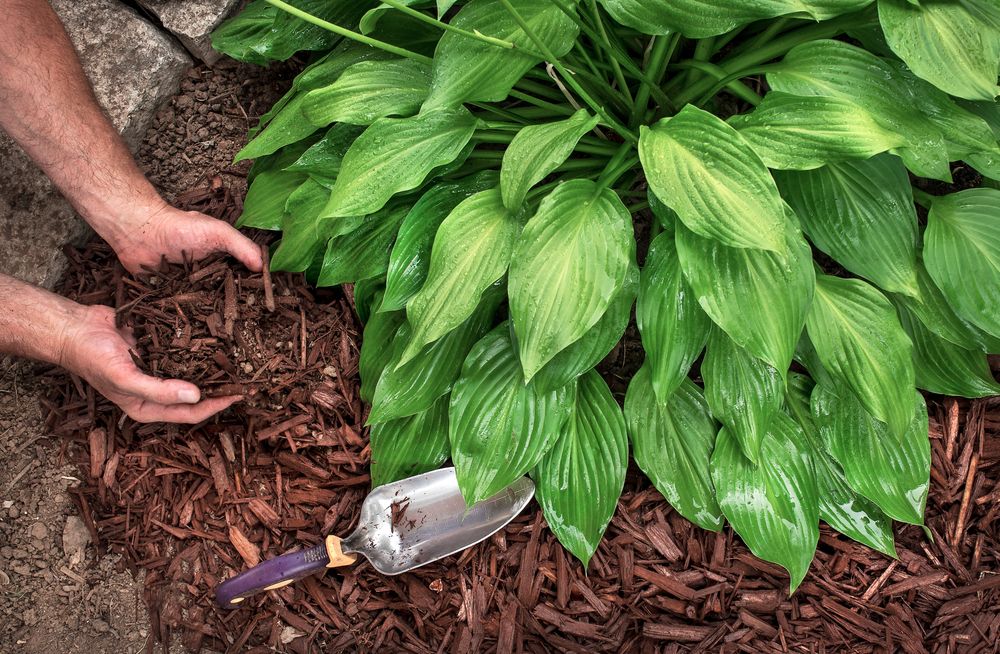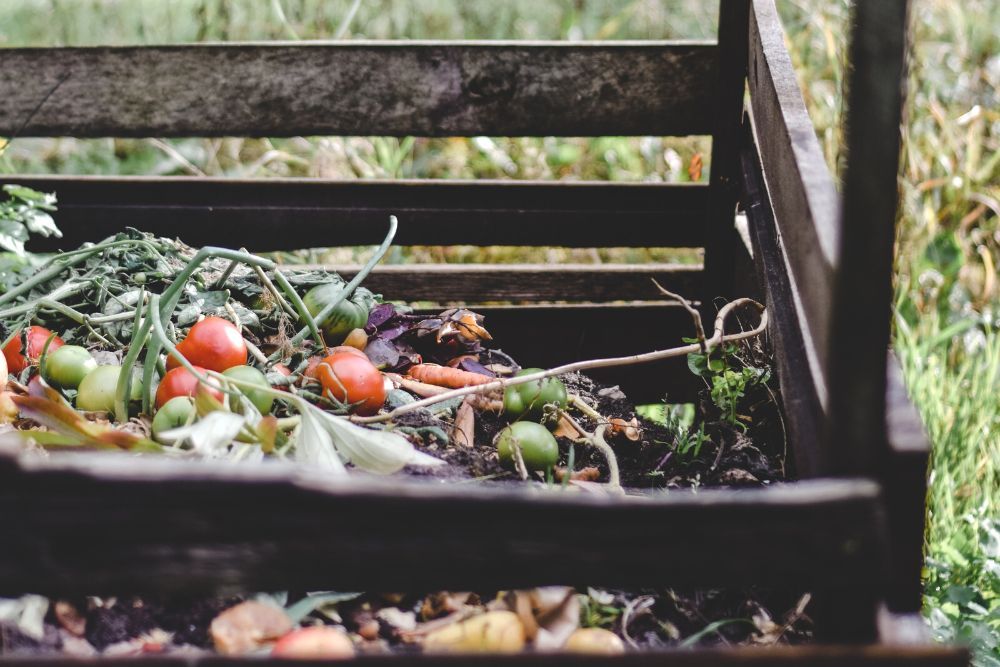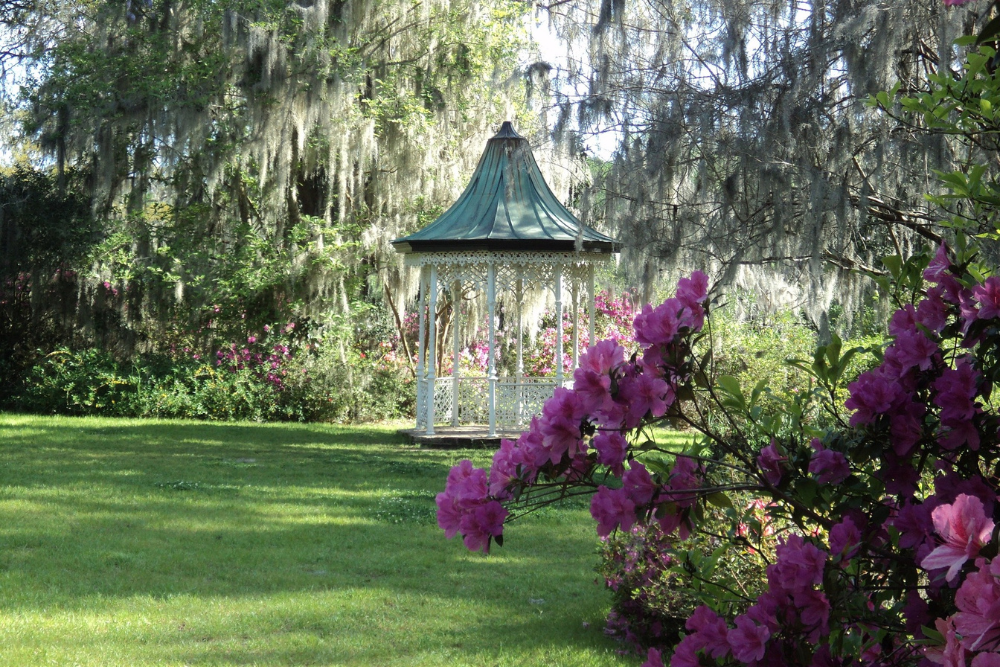Many plants need an abundance of sunshine to thrive, but that doesn't mean gardening under shady conditions is dull or impossible! Those with shady gardens can still cultivate an oasis of lush plants and aromatic herbs. The difference lies in choice of plants and adjustments to gardening techniques.
This guide will shed light on four ways you can successfully plan and manage a garden site without consistent sunlight. From choosing your plants carefully to buying the right soil amendments and fertilizers, learn how to make sure your garden continues looking beautiful -- even with limited access to direct sunshine!
Choose Shade-Friendly Plants
Image credit: JamesDeMers via Pixabay
If you have a shady garden, don't despair -- there are plenty of beautiful plants that love the shade as much as you do! From ferns to hostas and impatiens to begonias, there are lots of options for creating an oasis in the shadows. Here are some tips to help you pick out the perfect shade-friendly plants for your own little retreat.
Ferns add a lush and mysterious look to gardens and thrive in both moderate and deep shade. Hostas come in many shapes and sizes, with foliage ranging from bright green to dramatic blue green. Their large leaves create a beautiful backdrop for other plants. Impatiens provide colorful blooms all summer long and thrive in the shade. Begonias are another favorite, with their delicate-looking leaves and vibrant blooms.
No matter which plants you choose, select a variety for interest and texture. Don't stick to just flowers --adding foliage plants like ferns or hostas can make all the difference!
Add Mulch to Retain Moisture
Image credits: Jon Rehg via Shutterstock
Adding mulch to your shaded garden is an easy way to help retain this much-needed moisture. While shaded areas are typically cooler, and have better soil moisture retention, this is especially crucial when plants are growing in shaded areas because of buildings or trees, as these sources of shade can dry out the soil more quickly than other areas.
Organic mulches like pine needles or bark will not only hold on to water better than other materials, but they will also suppress weed growth. Mulching also helps keep your plants healthy and looking great by adding vital nutrients back into the soil. Doing so ensures that your plants get all the nourishment they need while thriving in more shady conditions.
If you decide to use high-carbon mulch, such as pine bark, wood chips, or shredded hardwood, add nitrogen to balance out the nutrients that are used during natural breakdown. This will ensure that your plants have enough nutrients available so they can continue growing.
The ideal depth of mulch depends on what kind of material you are using. Two to 3 inches of mulch will do the trick. Do not pile up too much mulch around tree trunks or shrub stems. Leave at least 2 to 6 inches between them and the mulch for healthier plants overall.
Allow Airflow and Sunlight
Image credits: spooh via Canva
To make your shaded area as successful as possible, improving the airflow and allowing more sunlight to get through to the ground are key steps for success.
Pruning trees and shrubs that cast shade will allow more air circulation and light to reach the ground. This also helps reduce legginess, which is a common issue with many shade plants. Additionally, removing lower sections or thinning out some greenery on your tree lets sunlight filter through to the rest of your garden. Finally, pruning will also stimulate new growth over time!
Soil Enhancement
Image credits: Eva Bronzini viaPexels
The best way to improve your soil is by adding organic matter such as compost, manure, and mulch. This will help break up compacted soils, add important nutrients for plant growth and increase water retention. Additionally, the increased drainage can provide relief from surface roots from shallow-rooted trees and shrubs that might compete for water and nutrients.
You should do a soil test to determine potassium, phosphorus, magnesium, and calcium levels. If the results show that your soil lacks any of these essential elements, you can supplement with a complete fertilizer such as 5-10-5 or 10-6-4.
Classifications of Shade
Image credit: marilynhanes via Pixabay
Gardens come in all shapes and sizes, but no matter the size or style, one thing is certain: shade can play a major role in how your garden looks. Knowing the basic classifications of shade in a garden can help you plan and design an outdoor oasis that works for you.
Filtered Shade
This occurs when light filters through trees that have some gaps between branches, letting sunlight filter through. A typical amount of light in this case is one to four hours per day.
Open Shade
You can find this type of shade along the north side of a house or wall, or beneath trees with open canopies. It allows plenty of bright light into the area without direct sun and provides openness from above.
Medium Shade
Medium shade is an open space where some foliage may block some light throughout the day. While plants that love shadier spots will do well here, they might not bloom unless there's sufficient light during critical growing stages like August and September.
Dense Shade
Lastly, dense shade occurs when light cannot penetrate through dense tree canopies such as maple, spruce, or fir trees. Deep shades provide extreme protection from direct sun and heat but can also be difficult to work with as far as plants that can grow in these conditions.
In Summary
With a little bit of effort and creativity, you can create a beautiful, shaded garden that will thrive in your climate. If you follow these four tips, your shaded garden will be the envy of all who see it! Good luck on your gardening journey. And happy growing!
Leave a comment below and share your own tips for creating a thriving shaded garden. And don't forget to share this article with your family and friends so they can have beautiful gardens too!

